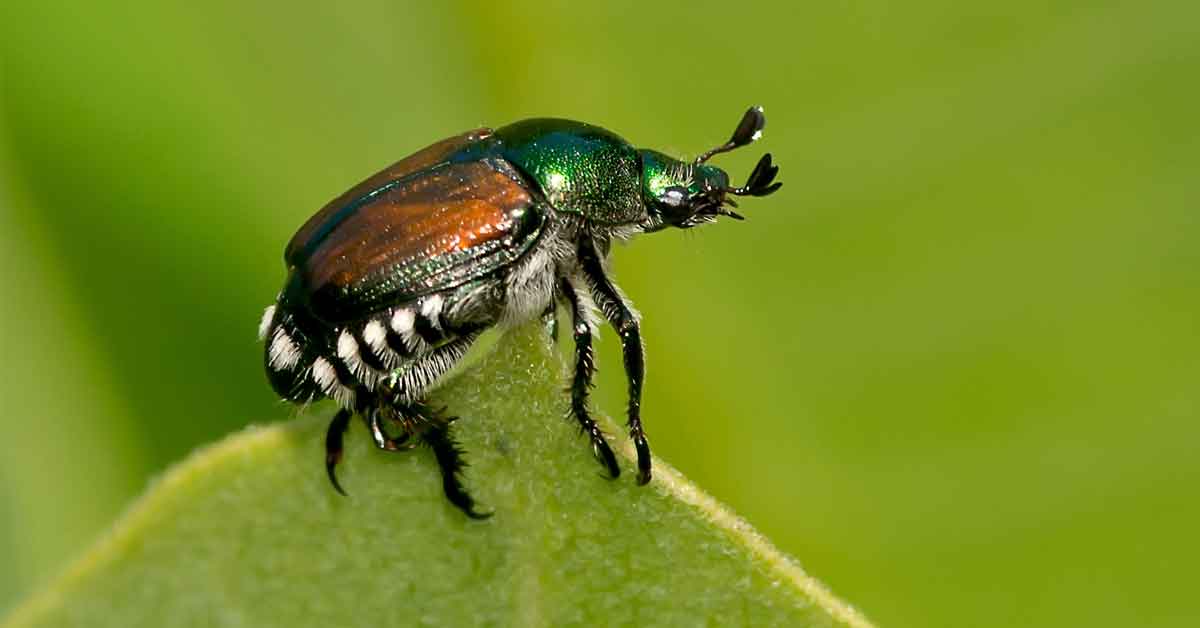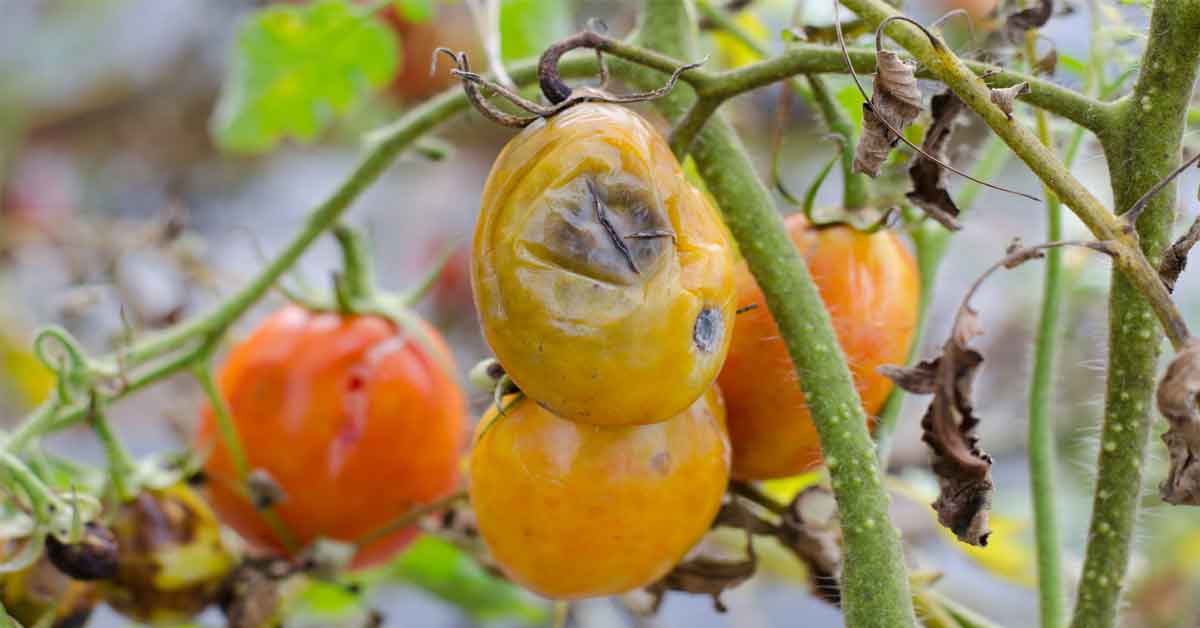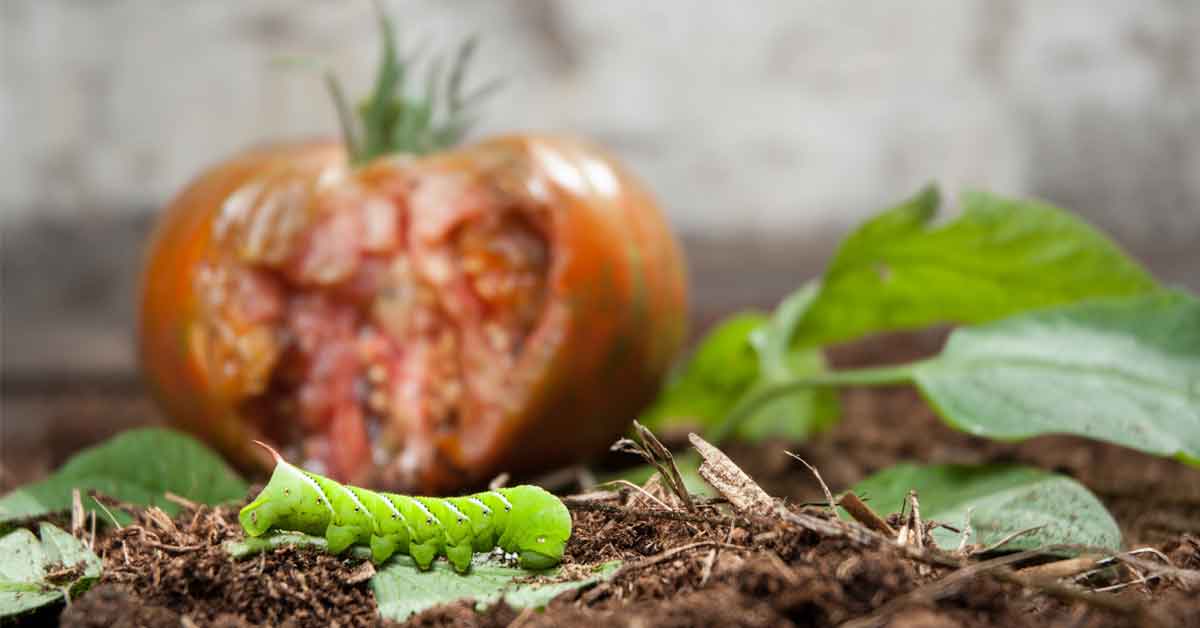Easy Steps For a Low-Maintenance Garden
If you love the taste of fresh garden tomatoes or ripe watermelons but don't relish the work involved in growing them, here's some good news: You can enjoy the fresh fruits and vegetables you crave without hours of garden work. All it takes is some preparation.
These seven simple spring tasks can help eliminate garden stress all summer long:
- Choose the Best Location for Your Garden
- Prepare and Test the Soil
- Tackle Weeds
- Install an Efficient Irrigation System
- Choose the Best Plants
- Choose the Best Plants
- Keep an Eye Out for Pests
Choose the Best Location for Your Garden
Most garden vegetables need lots of light to reach their full potential. For fruiting vegetables, such as tomatoes and bell peppers, choose an area that gets a full day of direct sunshine. Root vegetables and leafy greens need plenty of sun as well, but they also benefit from some light afternoon shade when summer arrives and the sun grows hot. To keep water-logged soil from drowning your plants, avoid locating your garden in an area that collects water or doesn't drain well, such as at the base of a hill or a low-lying part of your property. Also steer clear of areas that are sandy and drain too fast; this can prevent plants from absorbing the amount of water they need to thrive. Finally, consider both convenience and your neighborhood wildlife. Vegetable-loving critters from squirrels to deer may consider your garden an open buffet. Choose a site close to your house to discourage wildlife and give you quick access to your bounty.
Prepare and Test the Soil
Your soil's condition plays a large part in determining the health of your garden. First, check soil conditions by squeezing a handful and examining the texture. Your garden soil should be workable, meaning it crumbles easily and falls through your fingers when you open your hand. Heavy, sticky soil indicates too much moisture or heavy soil. A soil test can help you determine what help your soil needs. Soil testing also helps determine soil nutrient levels. Collecting your own soil samples is simple. Your local county extension office can help with instructions, testing kits and reputable testing laboratories. You'll receive results on important soil measures, such as soil's pH and organic matter, as well as recommendations on what to do next. If your soil pH is too low for healthy vegetables, you may need lime to raise soil pH and improve nutrient availability. If your soil pH is too high, your results may recommend other types of soil amendments instead. Help ensure your soil stays rich in essential plant nutrients, including nitrogen, phosphorus and potassium, with a complete, balanced fertilizer such as Pennington Rejuvenate Plant Food All Purpose 4-4-4.
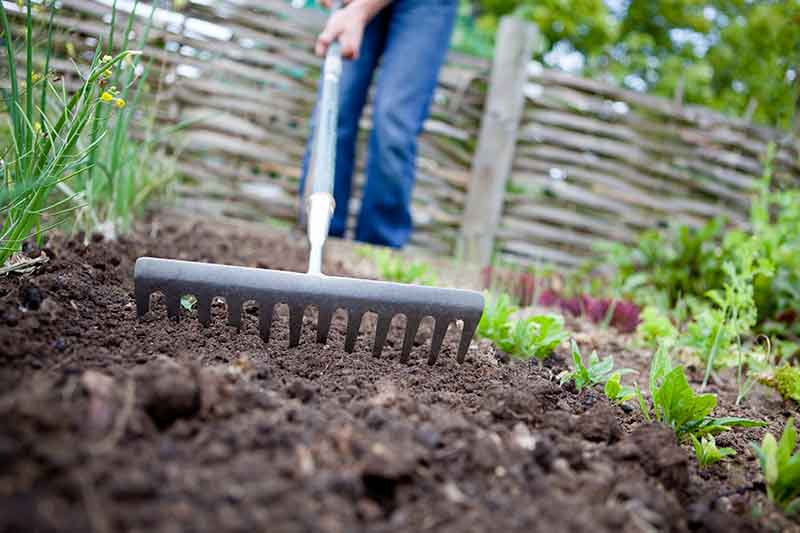
Tackle Weeds
Weed prevention in springtime is the key to easy summer weed control. First, you'll need to get rid of weeds already growing in your garden space. Two of the easiest removal methods are simply hoeing or pulling by hand. Next, prevent future weeds with a thick layer of mulch. Mulching keeps sunlight from reaching the soil. Most weed seeds need sunlight in order to germinate, so preventing light from reaching the seeds effectively prevents weeds from growing.1 Once your plants break through the soil, put down a 2- to 3-inch layer of organic mulch, such as clean straw or compost, between plants and rows. Always leave a gap of about 2 inches around the plant stems. An organic compost layer has the added benefit of feeding growing vegetable plants while also preventing weeds and water loss.1
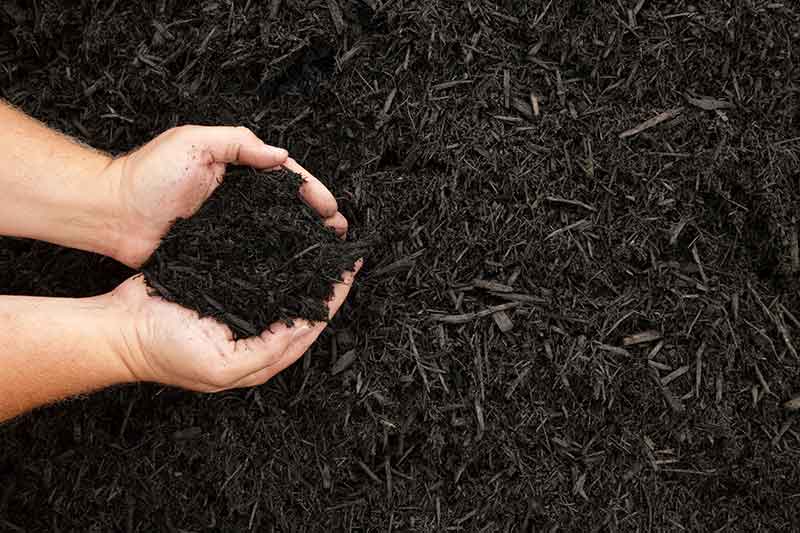
Install an Efficient Irrigation System
Wrangling with a hose is frustrating, and sprinklers may cause extra problems. Overhead watering can encourage the development and spread of common garden fungal diseases. For ease and efficiency, install an automated drip irrigation system. Drip irrigation sends a controlled amount of water to the soil, allowing plant roots to absorb all the water you determine they need. Drip irrigation also makes it easy to send water directly to your plants, reducing water loss.1 When shopping for a drip irrigation system, look for one with a timer, but don't just "set it and forget it." Always take your weather patterns into account, and adjust your irrigation schedule during times of rain or drought.
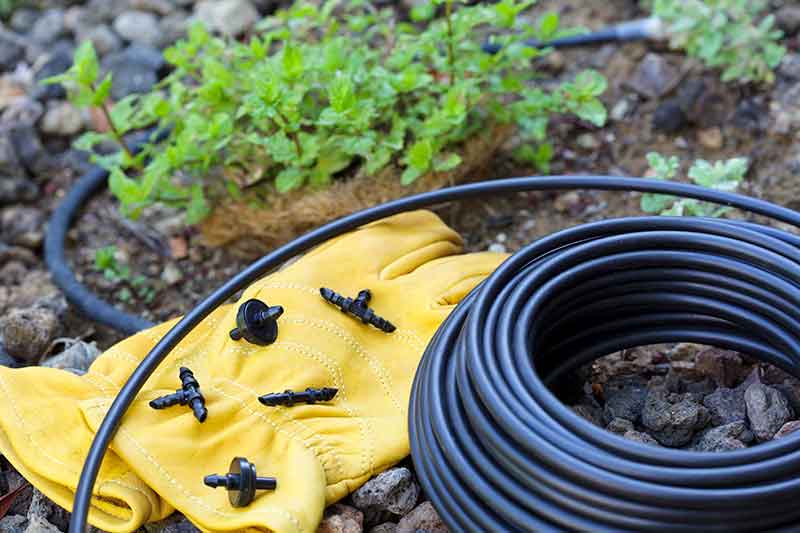
Choose the Best Plants
Choose the best fruits, vegetables and herbs for your garden by identifying what plants can mature before cooler fall temps arrive in your area. Otherwise, cold weather can damage plants before harvest time arrives. When your growing season and your plant choices match up well, you can start many garden favorites from seed. If your season is too short for seeding some favorites, go with pre-started seedlings called transplants to get a head start on growth. Seed packets and seedling plant tags include information on how many days each plant type needs to deliver its harvest. Your county extension agent can also help with information on the length of your area's normal growing season. When shopping for seedlings, look for signs of good health. Buy well-rounded plants with vibrant color and evenly shaped leaves. Avoid buying lopsided, spindly plants or plants that show signs of disease such as spots or discolored stems, or insect damage such as holes or chewed leaves.
Give Your Plants a Good Start
In addition to "time until harvest," seed packets and plant tags also include tips on planting time. Weather and soil temperatures influence proper timing, so tags may refer to your last expected frost date and whether to plant before or after that date. If you're uncertain when the last spring frost usually happens in your area, your county extension agent can help with that, too. Many plants enjoy cool weather and do well in early spring, even when the soil is still cool. These include plants such as lettuce, broccoli and onions, which do well when planted early. Warm-weather crops, such as tomatoes, squash and eggplant, need warmer soil and temperatures. Late planting dates are crucial to their success. Because plants need room to grow, spacing requires thoughtfulness. Seed packets and tags will help with this, too. Bushy plants, such as bush beans, need room to spread. Climbing plants, such as peas and pole beans, do well planted closer together and trained to grow up a trellis or support. Check the seed packet or seedling tag for the recommended spacing for each plant type you plan on growing. When transplanting seedlings, don't attempt to separate the seedling from the soil it grew in; doing so might damage the fragile roots. To help reduce transplant shock, use a plant-starting solution such as Pennington Plant Starter to nourish your plants as they settle in.
Keep an Eye Out for Pests
Good health helps plants resist insects and insect damage. With all you've done to create a healthy garden, you're off to a great start in the fight against pests. But even the healthiest plants might need some help now and then.
Look regularly for signs of pest invasion, including sticky residue and holes in fruit or damaged leaves. If you see insect damage, determine the type of pests that are invading your garden. Once you know what you're dealing with, you can pick the pesticide product that works best for you and the job at hand.
If you notice large irregular holes in your leaves and tomatoes, slugs and snails may be the culprit. Scatter Corry's Slug & Snail Killer ready-to-use pellets in the soil around your tomatoes to immediately stop feeding damage from these unwanted guests.
Trusted Sevin garden insecticides are available in liquid, granulars and dust formulas to help you protect your garden against pest damage. Always read product labels thoroughly and follow instructions, including guidelines for your specific plants and pests. When treating edible crops, pay close attention to the pre-harvest intervals (PHI) on the product label. This is the minimum time to wait between treating your edibles and enjoying your harvest.
With Sevin Insect Killer Ready To Spray and Sevin Insect Killer Concentrate, you can kill more than 500 insect pests by contact and keep protecting your plants for up to three months.+ For many of your favorite fruits and vegetables, from tomatoes and bell peppers to blackberries and raspberries, you can treat your garden with these two products right up to one day before harvest.
With a small amount of preparation and some gardening smarts, you can achieve a bounty of low-maintenance fruits and vegetables. With these seven spring tasks completed, you're set to relax and enjoy the fruits of your (easy) labor.
+Except fire ants, fleas, ticks and mosquitoes
Always read product labels thoroughly and follow instructions, including guidelines for listed plants and pests, application frequency and pre-harvest intervals (PHI) for edible crops.
Pennington is a registered trademark of Pennington Seed, Inc.
UltraGreen is a registered trademark of Central Garden & Pet Company.
Corry's is a registered trademark of Matson, LLC.
Sevin is a registered trademark of Tessenderlo Kerley, Inc.
Sources:
1. Larry Stein and Doug Welsh, "Efficient Use of Water in the Garden and Landscape," Texas A&M AgriLife Extension.
Get Monthly Gardening Advice!


